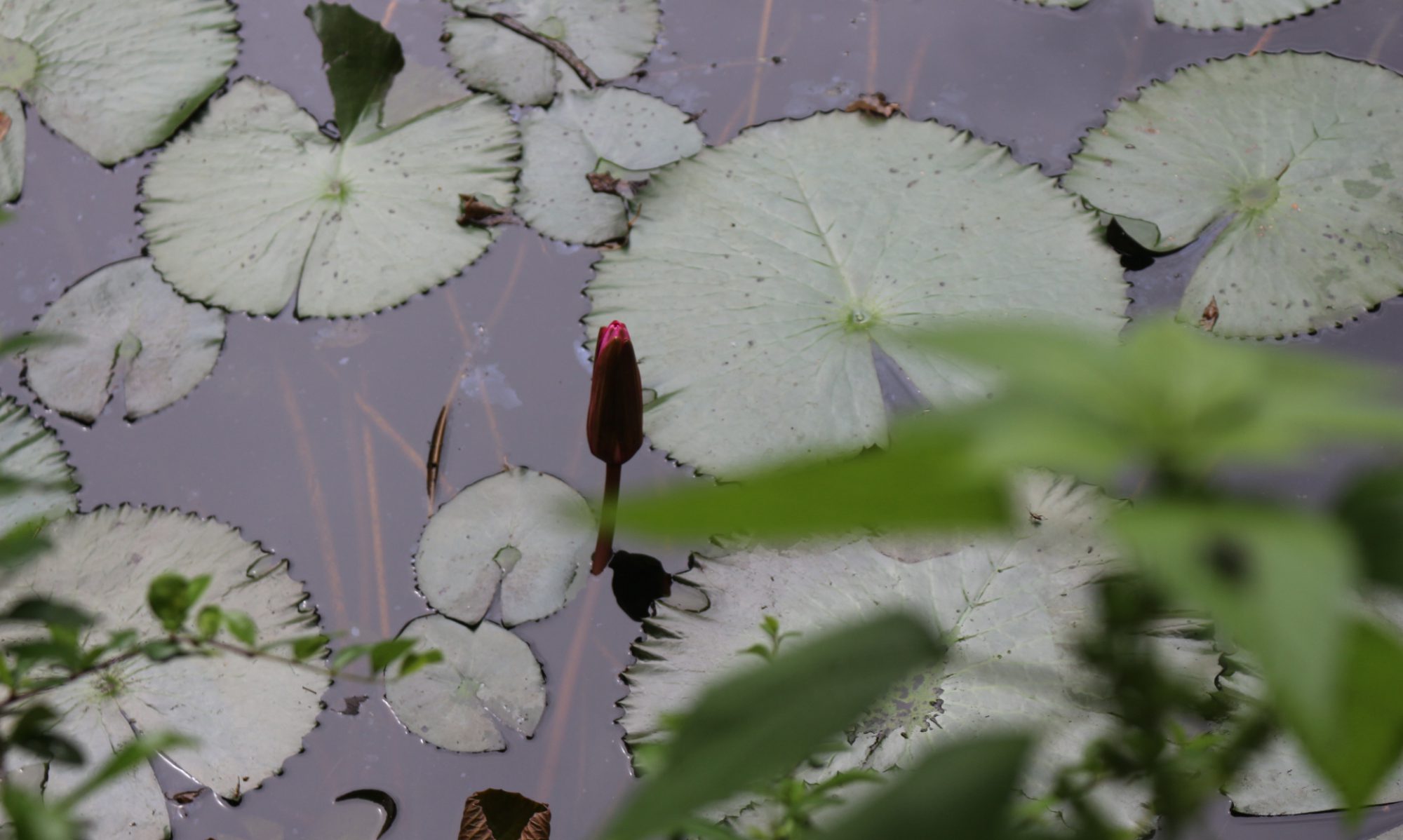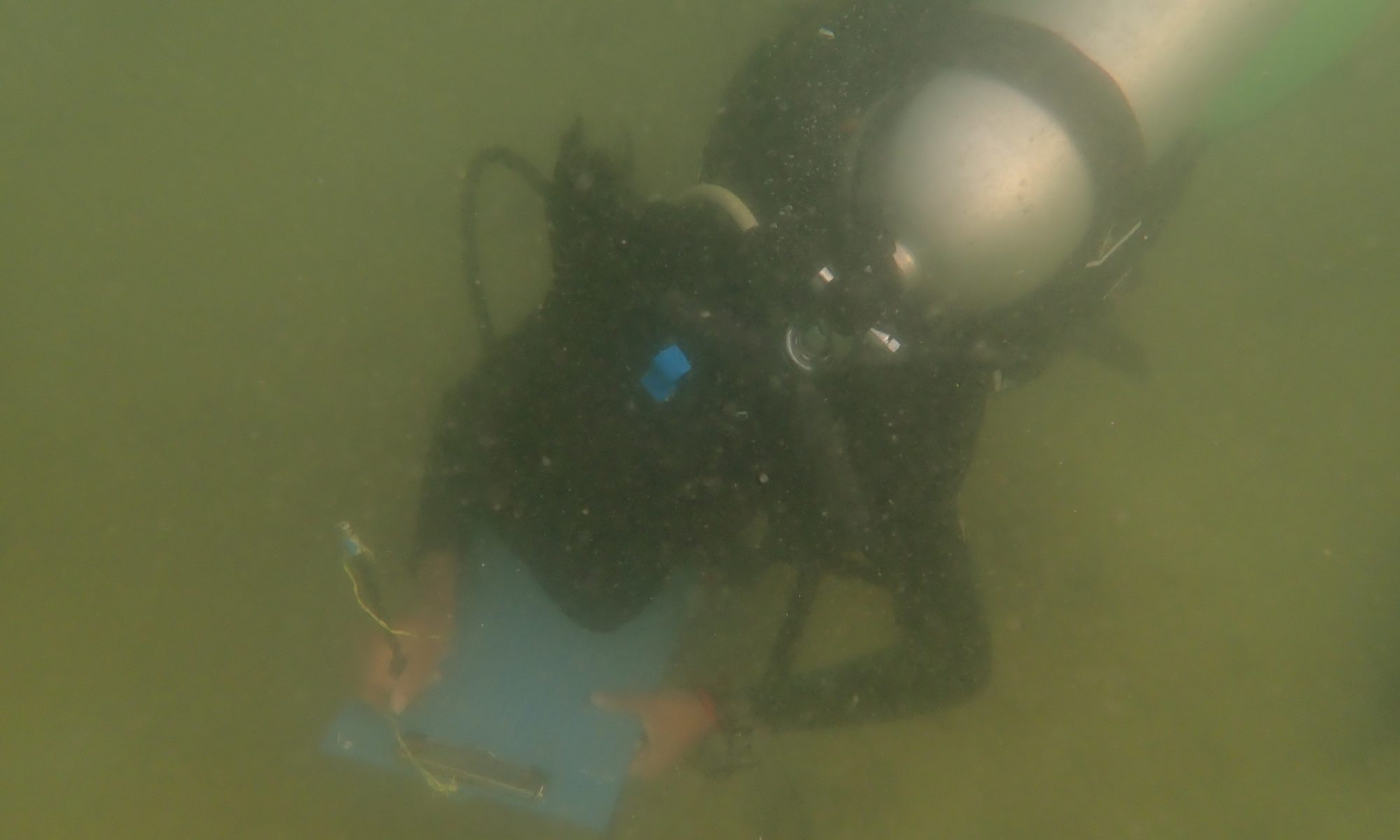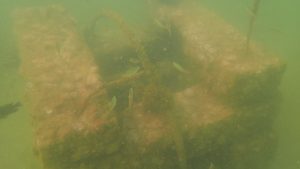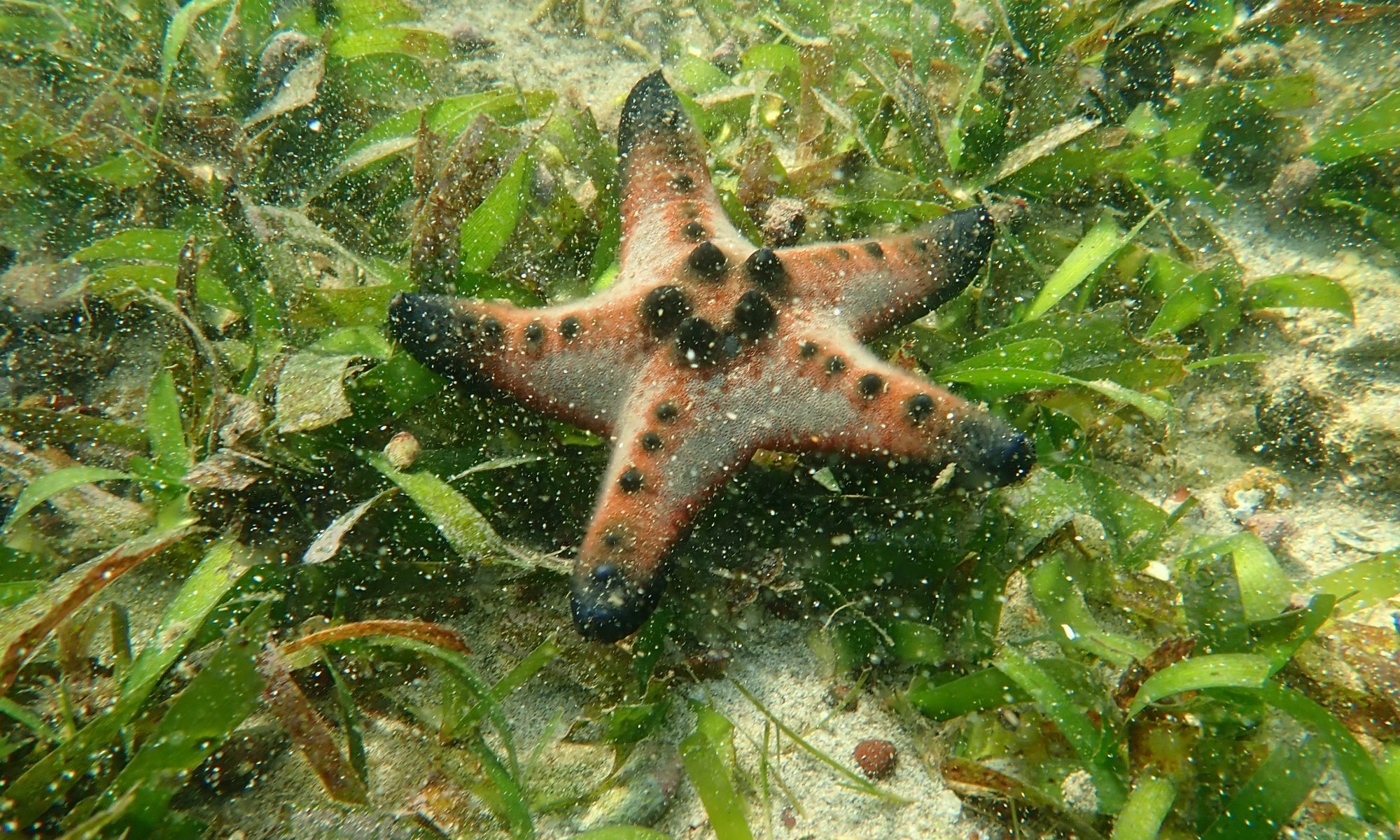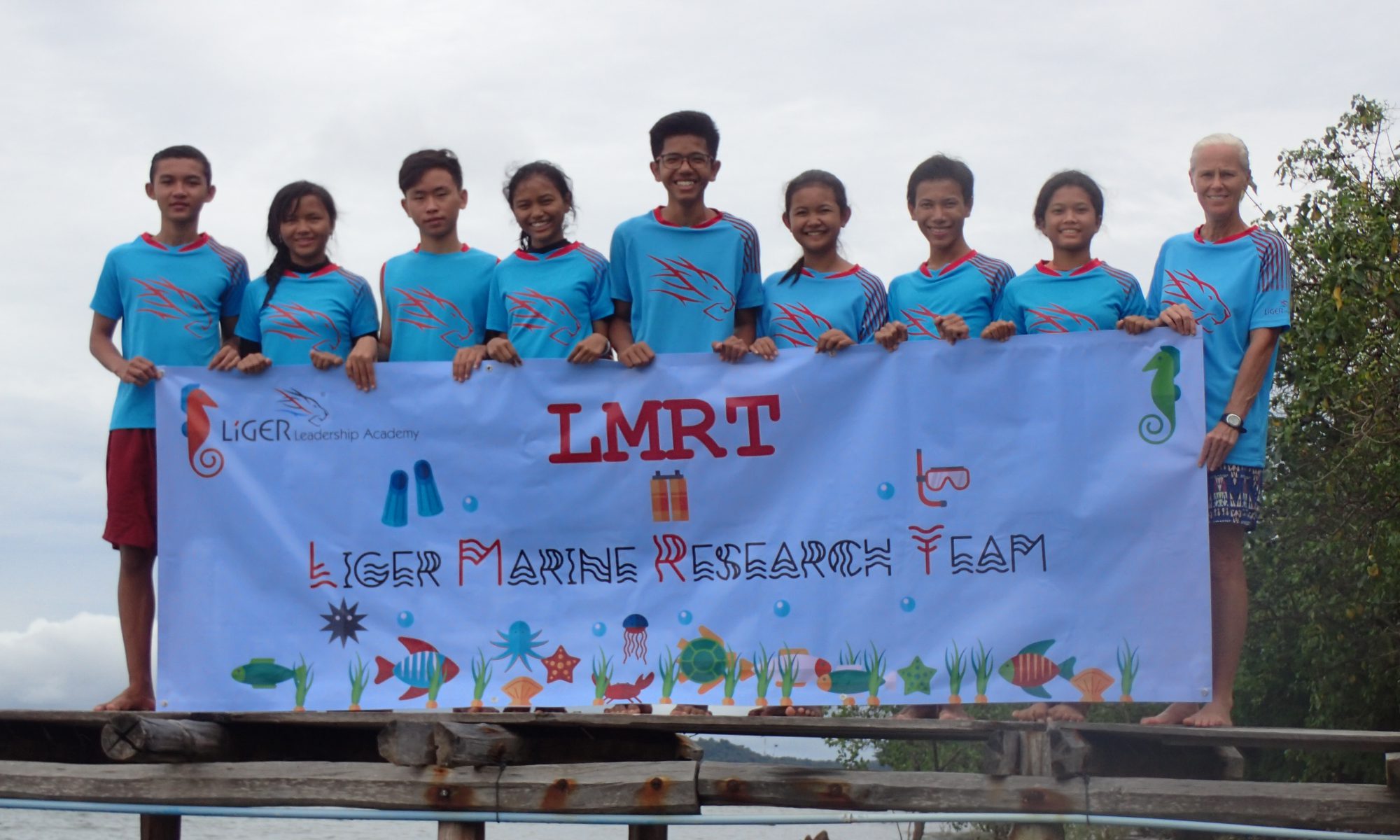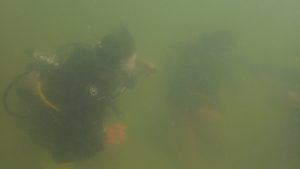On the 1st of February, 2018, we went to Koh Seh for our 5th trip with the LMRT crew. We were hoping that the weather was okay because our last trip was cancel but the weather was still a little bit harsh on us. Usually we do four dives per trip but this time, each of us only get to do a dive because the visibility of the water was really bad. The cause of it was because there were trashes and water hyacinth flowing the river from Vietnam and it floated around the Kep ocean. As I ride the boat to the island, I could see it almost everywhere and it was pretty disgusting and upset to see it float on the ocean floor where animals could very easily died from eating those stuff. As we get to the island, we saw, even more, trashes and dead water hyacinth along the shore, now that was even more disgusting. So this trip, we basically just helped the island people to clean those stuff and it was very dangerous because there were all kind of stuff like medical materials, needles, fishing materials, and TRASHES.
For my reflection, I really thought out that this was a very humble and powerful trip. Though, we learn to dives and do survey and try to protect our ocean but there’s always other issue that we hadn’t look ahead for and to protect the ocean is a big challenge. We didn’t realize that there would be a huge amount of trash that could literally destroy all the lives in the ocean and it’s really sad to see that.
